There is a lot to be excited about with PS5 VR. Sony plans to continue the success of the PS4 with the PS5. With over 5 million units sold and a steady library of games, Sony proved that virtual reality could be successful as an add-on to an already successful console. According to reports, the PS VR2 could be a PS5-exclusive release in 2022, with some exciting new technologies in tow.
There are some improvements that can be made to the original PSVR, which is a great overall experience. Sony Interactive Entertainment CEO Jim Ryan says Sony is focused on making PS5 VR, the ultimate entertainment experience with dramatic leaps in performance and interactivity. The headset will have a higher resolution, wider FoV, and a single-cable connection.
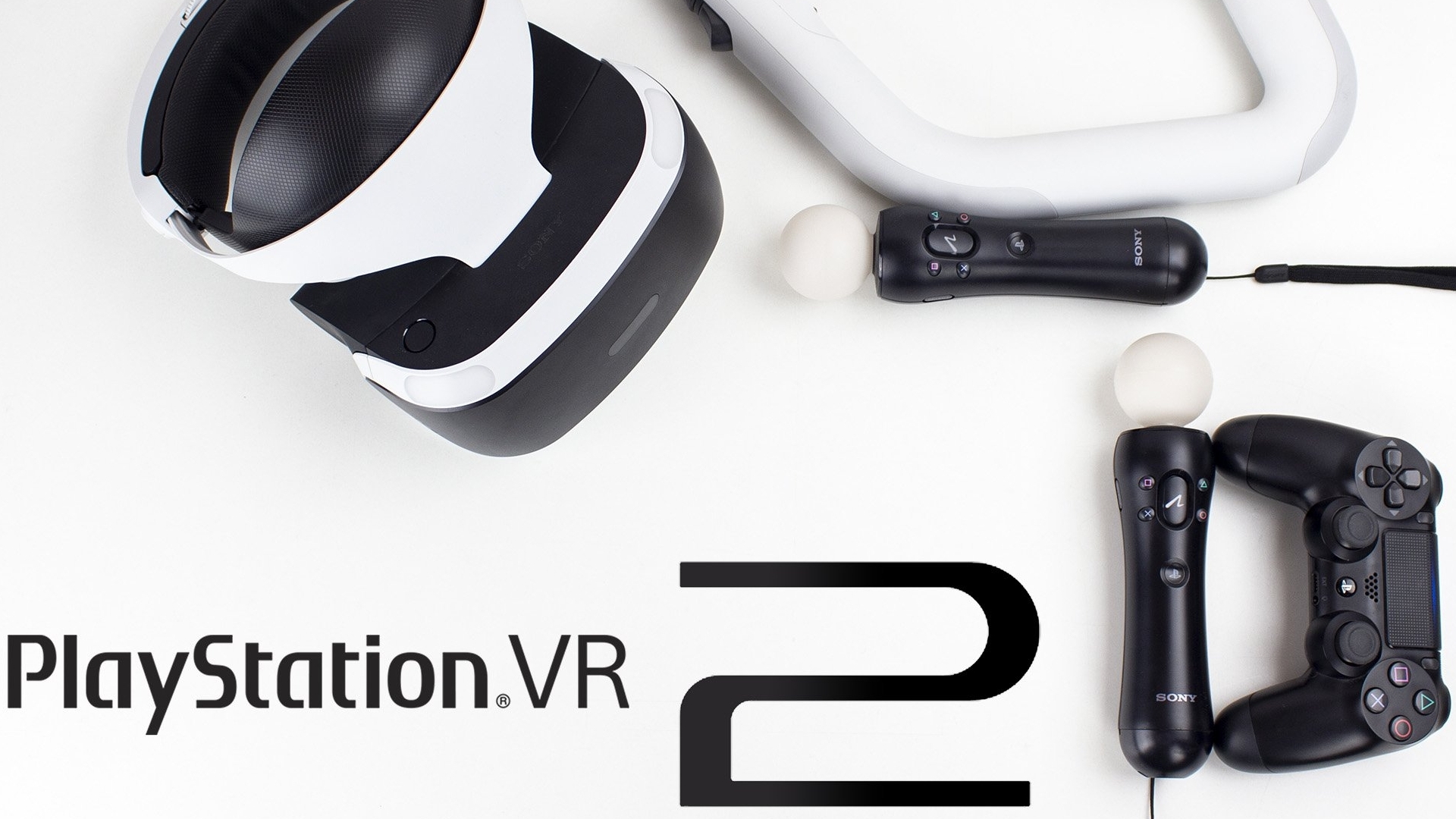
Sony has announced the PS VR2 in piecemeal fashion. The first PS VR2 announcement was a bit light on details, but the reveal of the PS5 VR controllers gave us a much better look at what to expect from Sony's second-generation virtual reality system.
The PS VR2 will connect to the PS5 with a single cable and can be used to interact with virtual reality content on Sony's next-generation console, which will include games.
RECOMMENDED VIDEOS FOR YOU...
The PS VR2 will include a brand new, redesigned headset, motion controllers, and multiple input methods for the ultimate virtual reality experience. It is not known if Sony will offer a wireless version in the future.
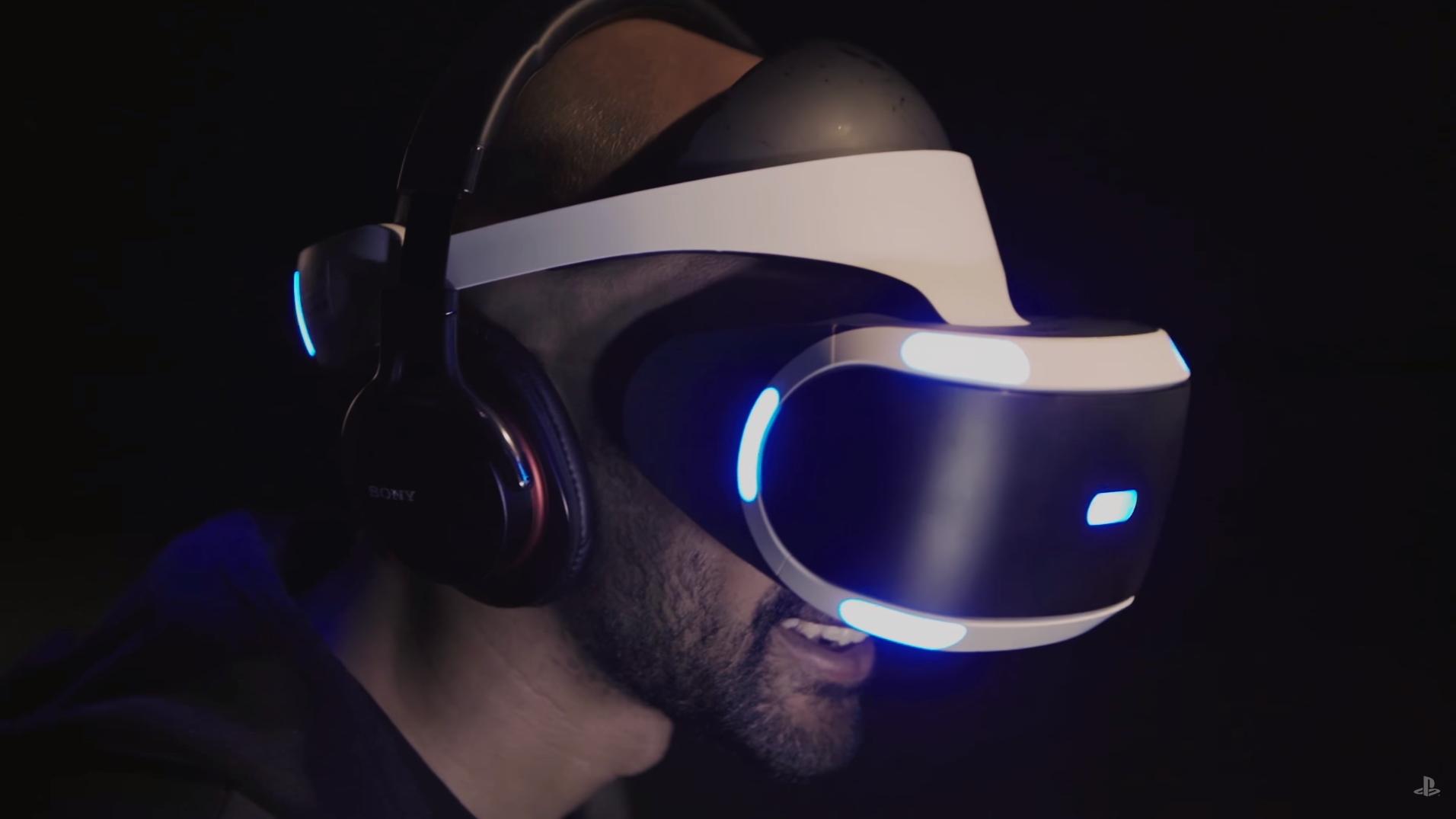
The headset and controllers make up the PS VR2. We have a number of official specifications for the headset.
| Category | PlayStation VR2 |
|---|---|
| Device | PlayStation VR2 headset |
| Display | OLED |
| Panel Resolution | 2000 x 2040 per eye |
| Refresh rate | 90Hz, 120Hz |
| Lens separation | Adjustable |
| Field of View | 110-degrees |
| Tracking | 4 on-headset cameras |
| Eye-tracking | Yes, IR camera for each eye |
| Sensors | Six-axis motion sensing |
| Haptics | Single vibration motor in the headset |
| Audio | Built-in microphone, stereo headphone jack with 3D audio support |
| Cable | Yes, USB Type-C |
Sony gave us a number of specifications for the controllers, but we are still missing a few things, like battery capacity.
| Category | PlayStation VR2 Sense controllers |
|---|---|
| Device | PlayStation VR2 Sense controllers |
| Tracking | Six-axis motion sensing, IR LEDs tracked by headset cameras |
| Right controller buttons | PlayStation, options, circle, cross, R1, R2, R3 (stick click-in) |
| Left controller buttons | PlayStation, create, triangle, square, L1, L2, L3 (stick click-in) |
| Touch sensors | Capacitive finger touch detection |
| Haptics | Single controller actuator, trigger effect |
| Communication | Bluetooth 5.1 |
| Port | USB Type-C (for charging) |
| Battery | Built-in Lithium-Ion rechargeable battery |
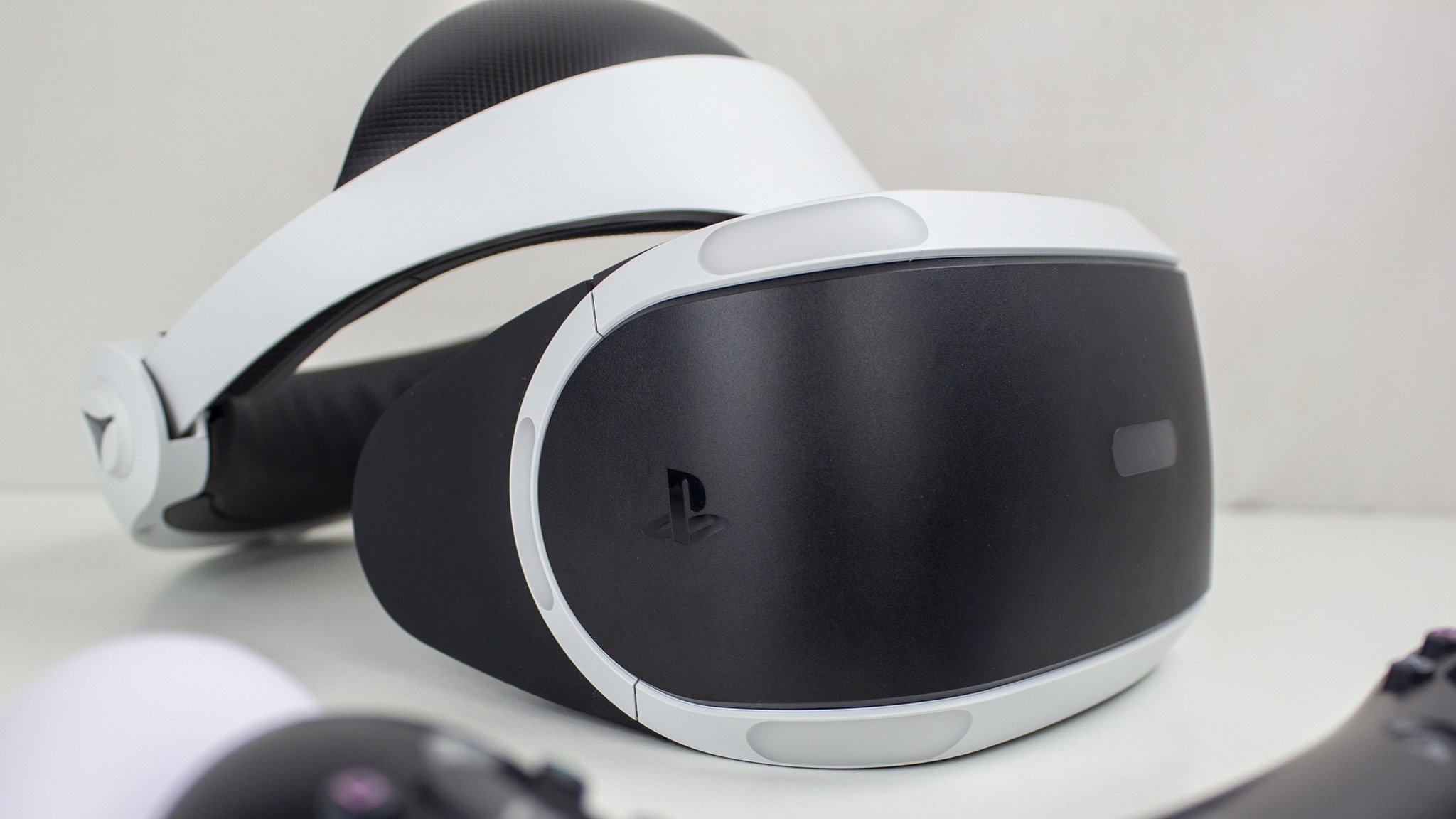
Sony surprised many when it launched the PSVR for $400, which was half the price of the nearest competitor at the time. The price of virtual reality headsets has come down, so Sony won't be able to hold on to the price advantage it had with the original PSVR. We don't know how much it will cost. The PS VR2 will likely be the same price as the other competitor, the Oculus Quest 2, which sells for $300 and up.
One of the biggest reasons to buy an original PSVR over other headsets is the sheer cost savings. The original PSVR can be found for less than half the price it was when it was first released, as the prices of virtual reality hardware have dropped since consumer virtual reality went big. We think that Sony will release its second-generation virtual reality system at the same price or less than the original PSVR.
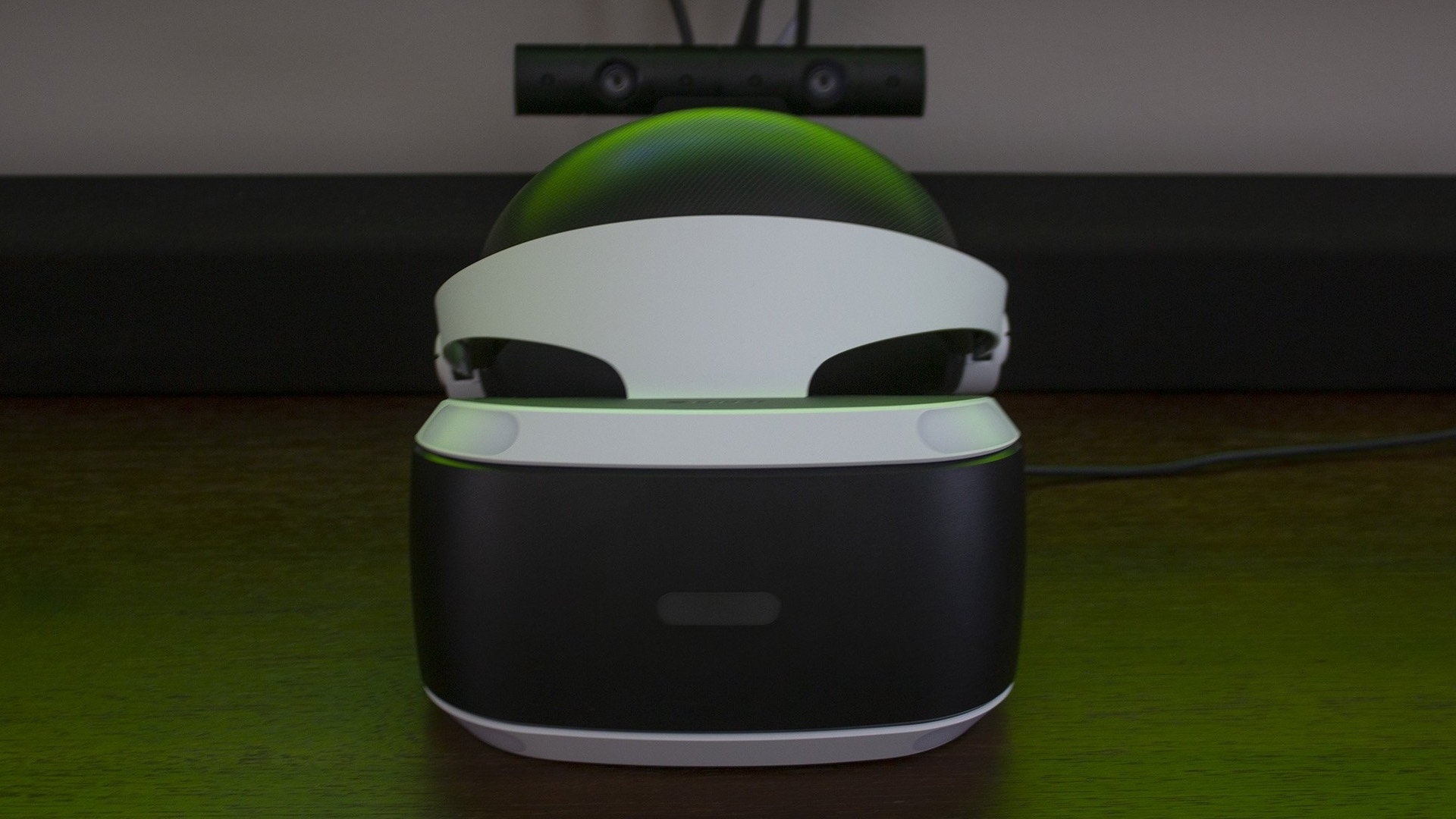
Sony hasn't announced a specific release date for the PS VR2, but has said that it will be out in 2022. It seems like it could be pushed back into 2023 as we get closer to the fall. There are several titles that will come out for the original PSVR in 2021, including ones that will run in enhanced mode on PS5 hardware.
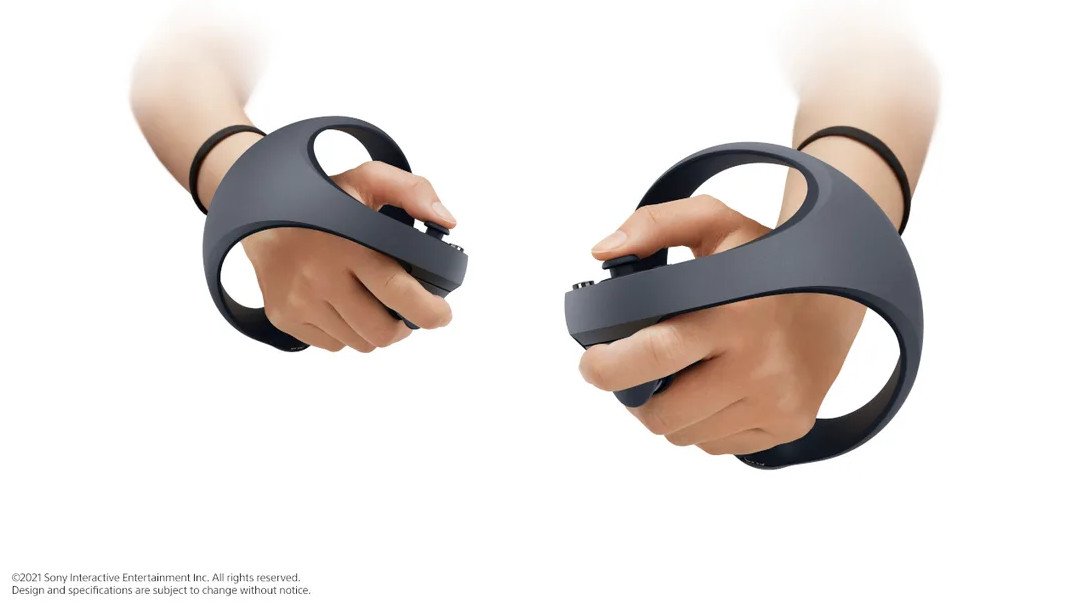
Before it announced its virtual reality intentions, Sony demonstrated the PS Move controllers, which it used with the original PS VR. The PS Move controllers looked to be in direct competition with the Wii. The form factor worked well, but there were a few issues that came up quickly. The single-point camera system caused dead zones in movement tracking, not to mention there was no joystick or touchpad for virtual character movement.
Full 3D tracking is handled by the headset, which sees the unique rings around the controller.
The design of the controller was unique compared to other headsets. It looked like an ideal combination between the Knuckle controllers and the Touch controllers that come with the game. The halo rings that wrap around your hands are the most famous visual change.
The rings are designed to help the headset track the controllers in 3D space. The camera on the PS VR2 headset will see an array of LEDs hidden within the rings.
That upgrade from the single light point on the original PSVR Move controllers will ensure that tracking in 3D space is a lot more accurate than with the first PSVR.
The first and second images are image 1 and image 2.
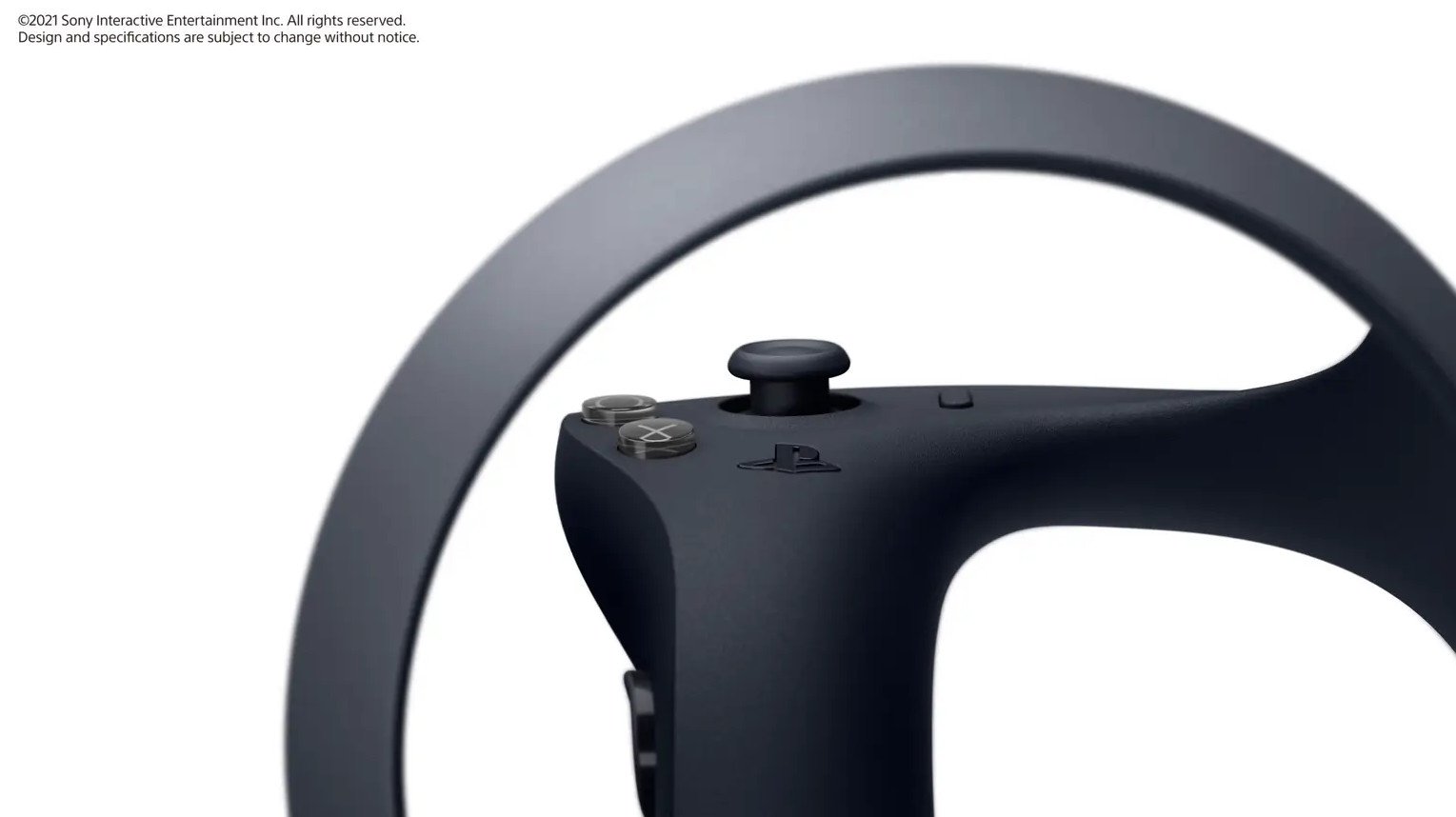
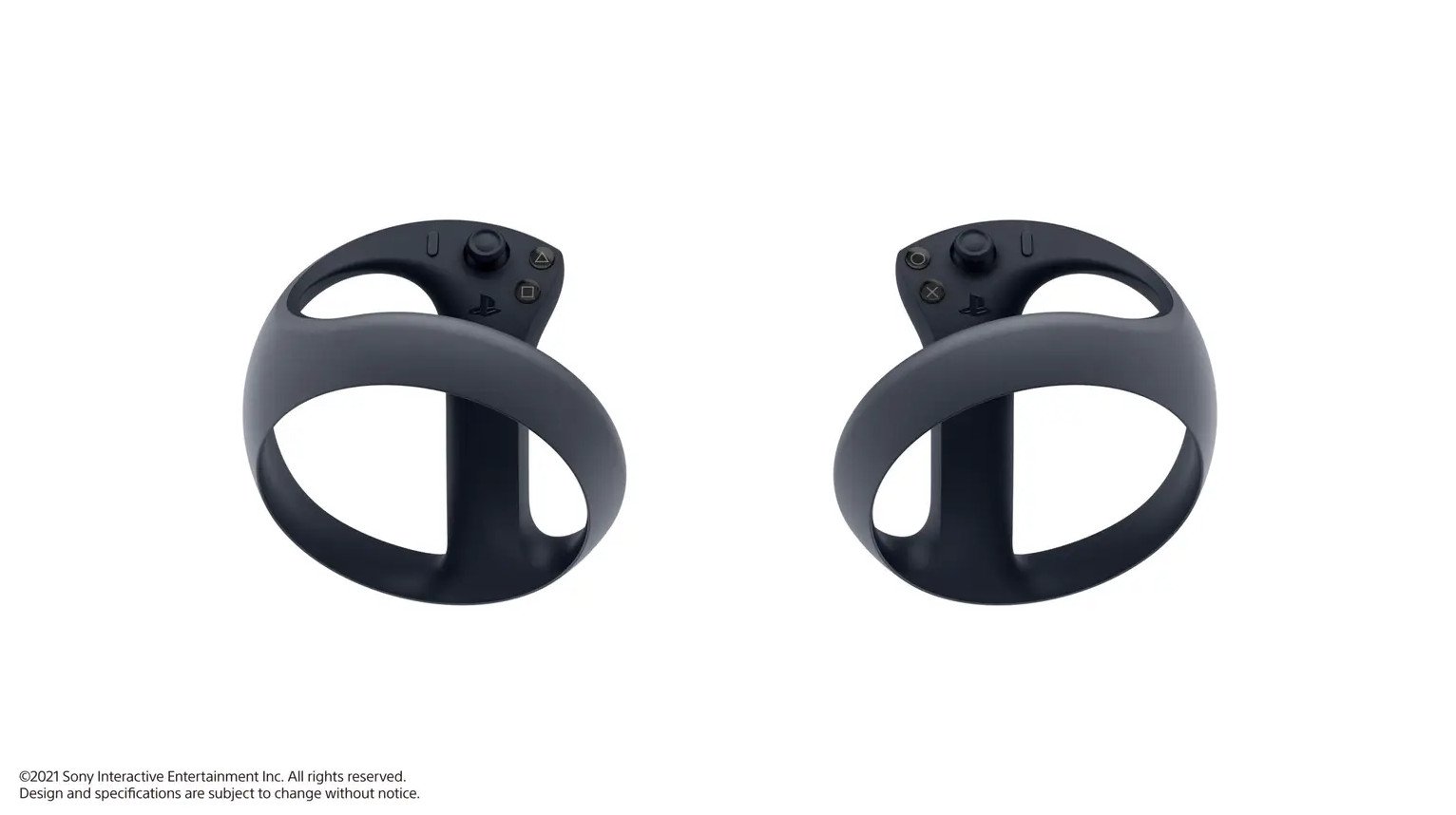
Image 1 of 2
Image 2 of 2
The point where your thumb rests on each controller will allow you to more easily move around virtual spaces with the PS Move controllers. PS VR2 is in line with other systems for virtual movement options because of the use of Joysticks or Touchpoints.
Each button can sense your touch, and the joystick will make it easier to move around virtually.
There is a simpler button layout on the top of each controller than there is on the PS Move controllers. The right controller has two main action buttons next to the joystick and an options button on the opposite side.
The left controller has two action buttons, a triangle and square, as well as a create button, which can be used to share videos and other media from your PS5.
The PS Move controller had the same button layout on each controller and had a lot of small buttons, but the PS VR2 Sense controllers should be more comfortable to use.
There are additional buttons around the back and side, including one that can be used with an index finger, and one that can be squeezed with. R3 is on the right controller and L3 is on the left controller.
The backside of the controller grips have touch sensors that will detect when fingers are holding the controller. When you hold the controller and let go, your virtual hand will close into a fist, as your virtual hand will close into a fist when you hold the controller.
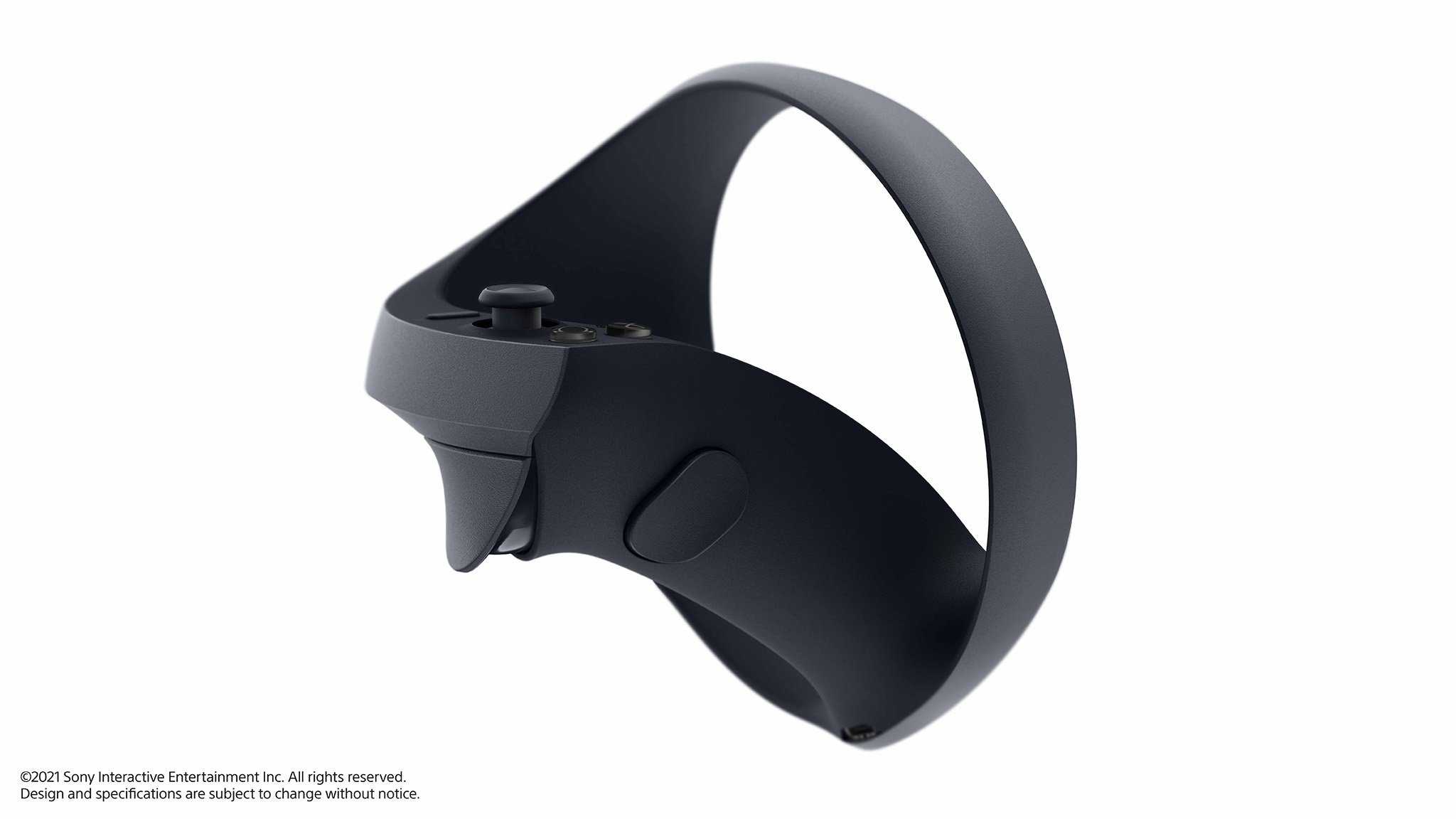
Advanced haptics and Adaptive Triggers from the PS5 controller are in the PS5 VR controllers.
You can't see it, but it will definitely feel like it. Sony launched the PS5 with a brand new controller that blows other controllers on the market completely out of the water, and it is thanks to both of these new features that will also be in the PS VR2 controllers.
These Triggers can push against your finger as you press them, delivering a sense of tension and motion in virtual reality games that no other platform currently can. The ability of the Haptics to differentiate between sand, stone, and other materials will help create a deeper sense of touch and environmental interaction in games.
According to the latest rumors, Sony will bundle the controllers with the PS VR2. The PS Move controllers were sold separately from the original PSVR. There was a huge gap in how games were controlled with a PSVR headset.
All games can be played using the proper motion-tracked controllers if they are bundled in the controllers.
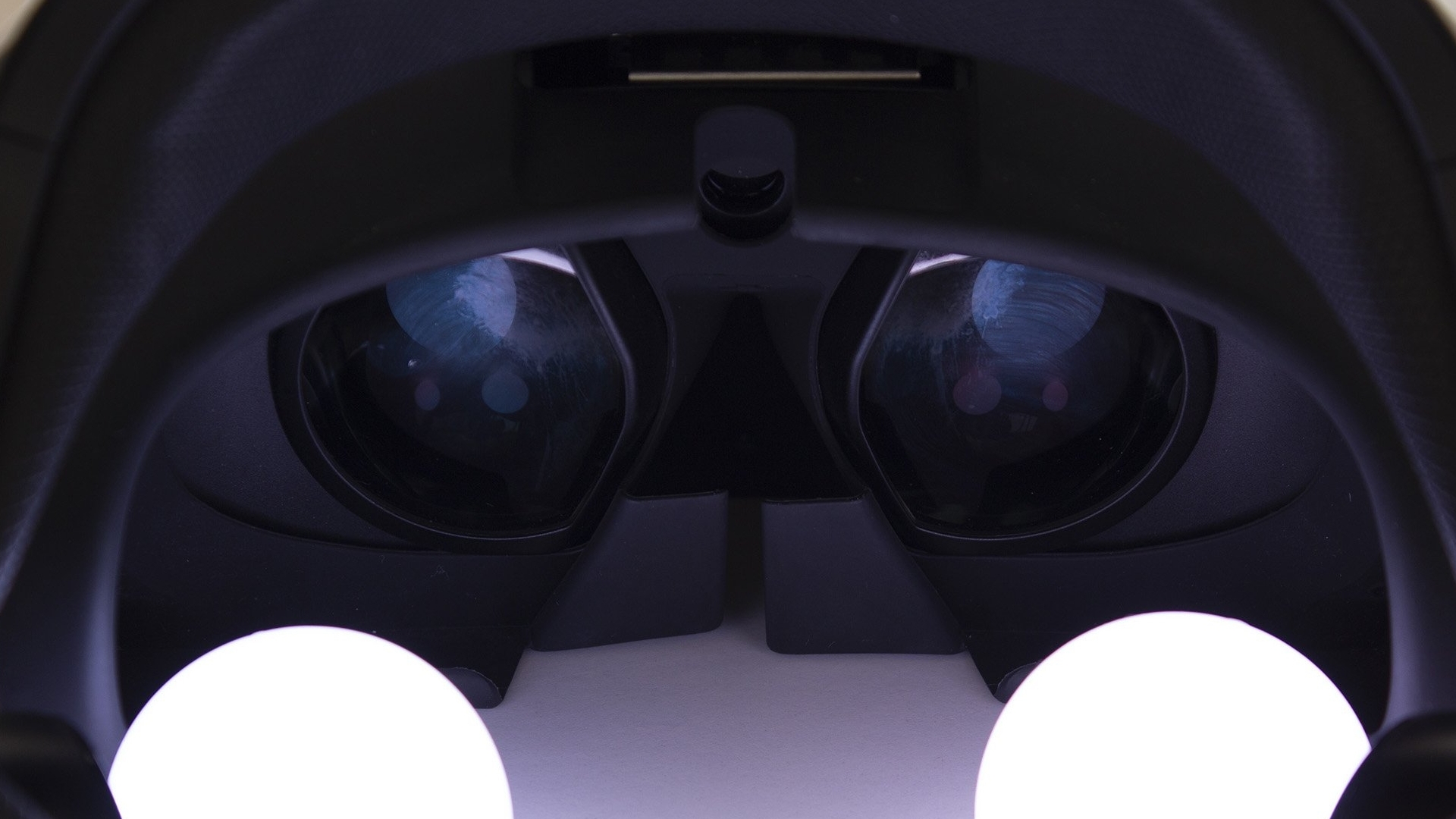
As with the original PSVR, Sony is giving the PS VR2 a high-quality display, which will deliver better color representation and black levels than the panels used in headsets. The total resolution of the panel is 2000 x 2040, which is higher than 4K.
PS VR2 will use an OLED display with 4K resolution, HDR support, and both 90Hz and 120HZ support.
This display supports the output of high dynamic range, which brings it in line with expectations of visual quality from the PS5. Developers will be able to allow users to choose between quality and performance preset, just as on regular PS5 games, if the PS VR2 display supports both 90 and 120Hz modes.
The resolution of the display and the size of the display panels should allow the PS VR2 to have a high density of 700PPI. The PS V 2 display is likely to have a lower screen door effect and mura than the original PSVR display. That means you will not be able to see the individual pixels as easily as you could on the original PSVR.
The field of view on the original PSVR was 100 degrees, but the new ones will allow you to see more of the virtual world.
A physical IPD adjustment wheel will make it easy for multiple players to join in the fun without having to re-run the setup process each time.
There will be an IPD adjustment wheel on the PS5 headset. The IPD adjustment on the original PSVR was a big deal, and it will be easier for multiple players to join in the fun with the simple wheel on the side of the headset. That is a huge upgrade in and of itself.
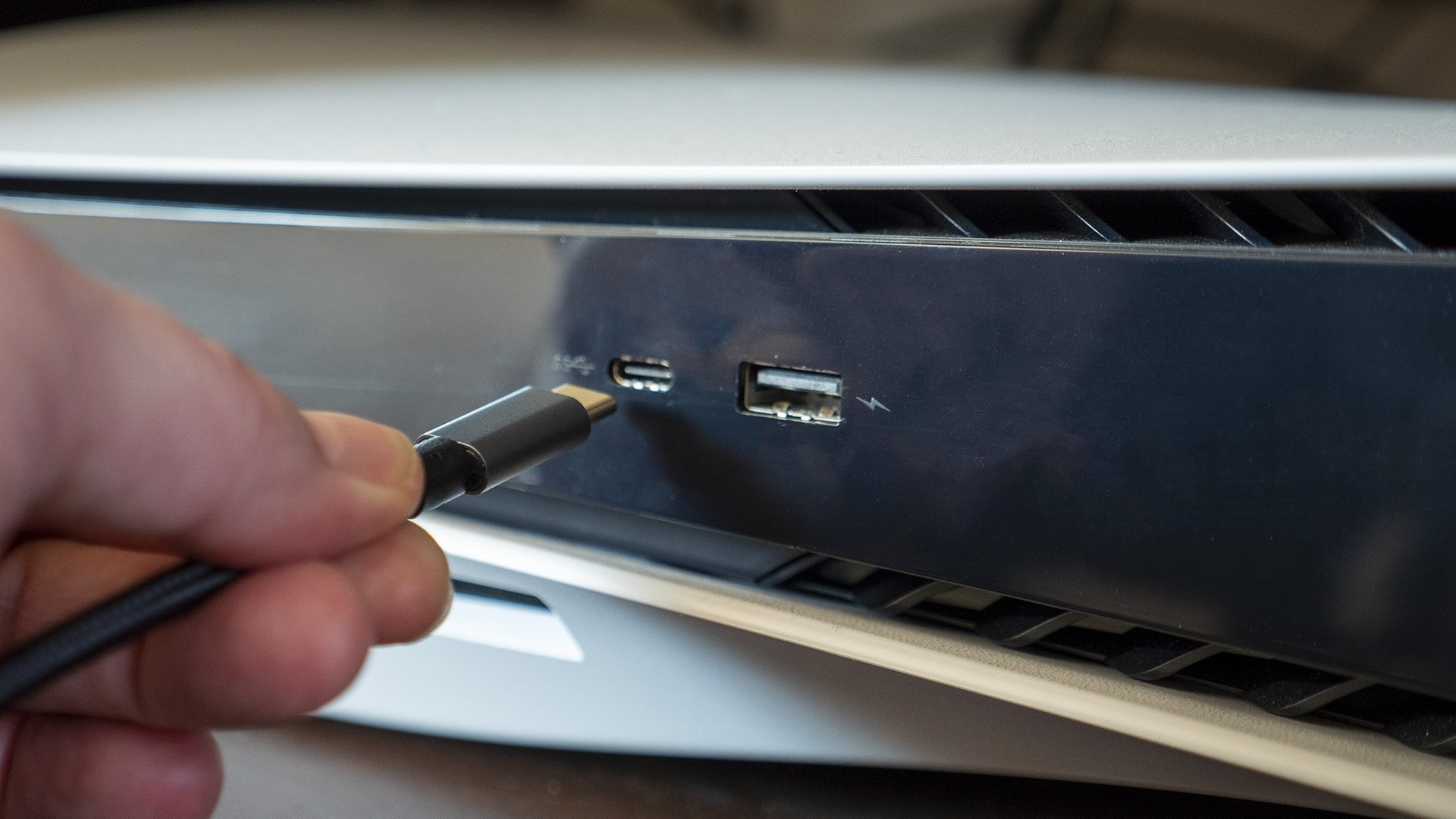
The PS VR2 won't be wireless at launch. The PS VR2 headset can be plugged into the PS5 using the port on the front of the console. The original PSVR required a separate box to be plugged into power, a separate box to be connected to the console, and several cable connections from the headset itself.
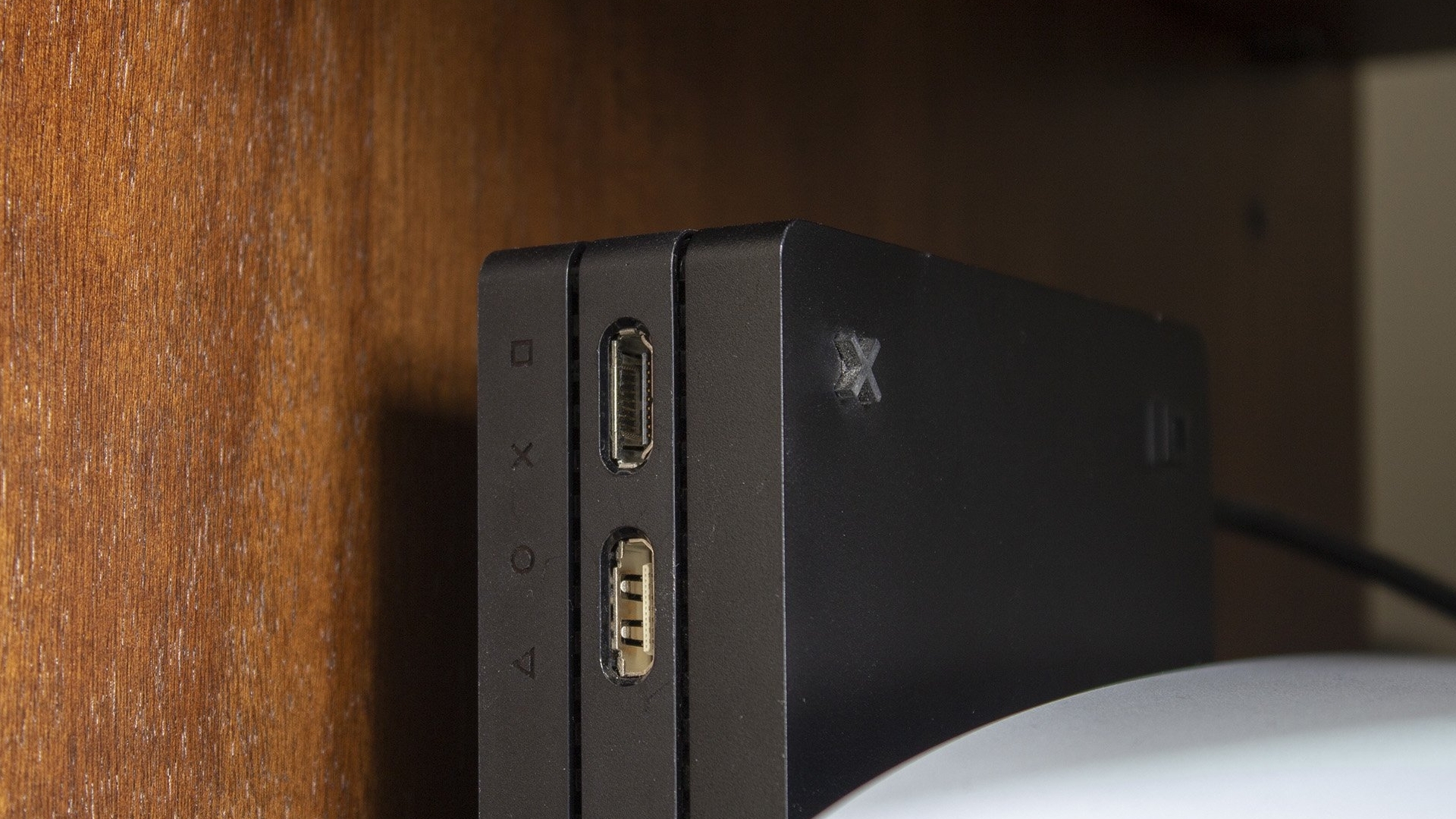
Inside-out tracking is what Sony is using for the PS VR2. This method uses four cameras on the PS VR2 headset to track the headset's position in the room, as well as the controllers themselves.
PS VR2 utilizes four cameras on the headset to track the headset's position in the room, as well as the controllers themselves
Each controller has a series of IR LEDs that can be seen and tracked by the cameras on the headset, which are used in conjunction with the six-axis sensors inside each controller and the headset itself. This means that any movement in real life will translate into virtual reality. The days of limited PSVR single-camera tracking are over.
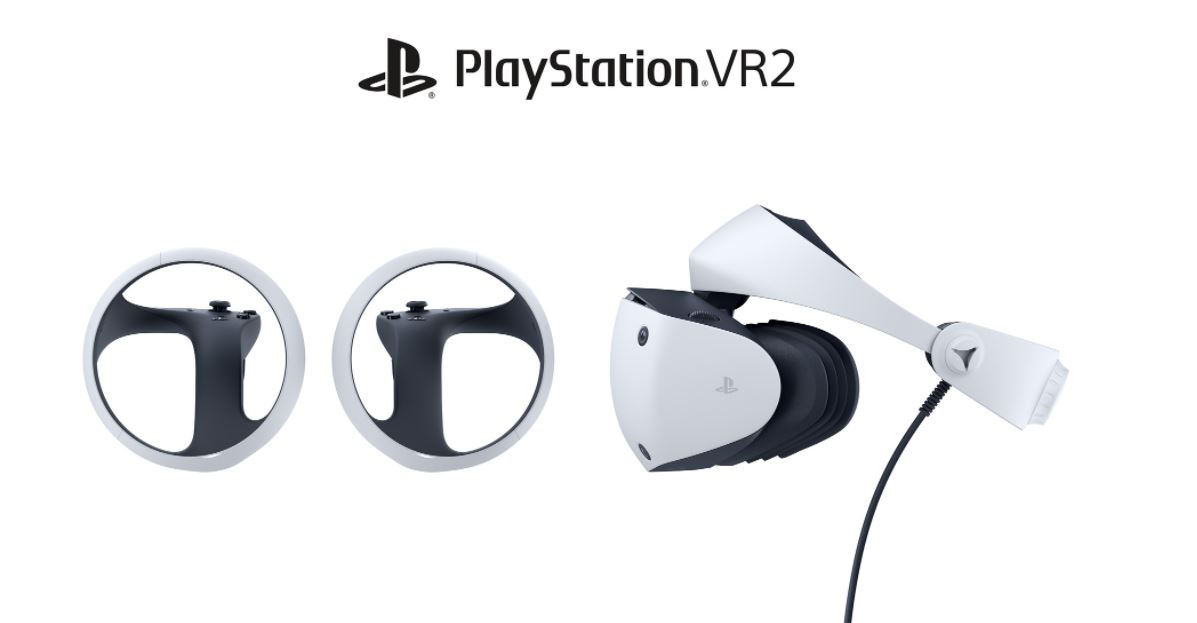
Sony didn't reveal the design of the headset until February 2022, despite revealing the controllers in 2021. It has the same design as the Sense controllers, which is meant to represent the perspective that players feel when they enter the virtual reality world.
The first thing that sets it apart from the original PSVR is the inclusion of a haptic feedback motor inside the headset, a first for the virtual reality industry, and a potentially ground-breaking feature depending on how Sony plans to implement it. Sony says that with this sensor they can feel a character's elevated pulse during tense moments, the rush of objects passing close to the character's head, or the thrust of a vehicle as the character speeds forward.
A new vibration motor inside the headset will make players actually feel punches and shots.
Sony will need to make sure the motor is subtle enough to keep users from getting headaches or dizziness.
Inside-out tracking means that cameras mounted on the headset will be able to track your position in the room as well as the position of the controllers. The cameras view the world around them and interfere with tracking if there is a vibration motor in the headset. If you have ever been recording a video on your phone and someone sends you a message, you will understand what is at stake.
The controllers have a vibrating motor, which could deliver some seriously amazing experience for players who are already comfortable in virtual reality. It would be out of this world to feel a punch in Creed or a shell against your helmet.
Cameras mounted on the headset would track your position in the room.
PS VR2 will be smaller than its predecessor. Since that is a standard part of tech improvement on a lot of devices, PS VR2 is meant to be more comfortable than the current iteration.
The discussion is about being wired. Being wired may be an advantage for Sony in the upcoming generation. Sony could make a much smaller headset since it wouldn't need all the computation, wireless chips, and battery inside.
Sony is saving the headset reveal for last, and we are hoping it is to unveil something revolutionary.
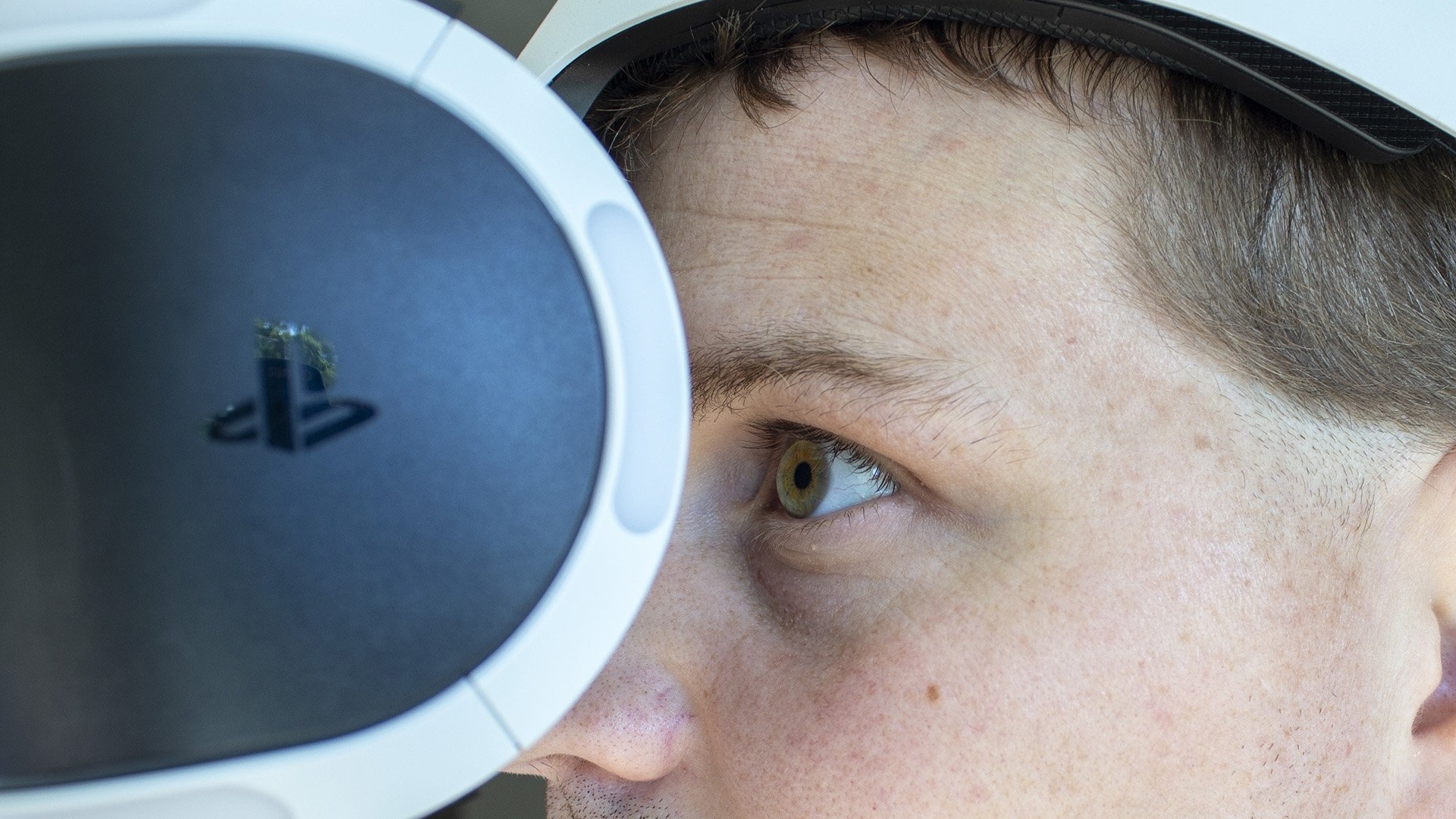
IR cameras inside of the headset will allow for eye- tracking.
Eye-tracking is a way for the PS VR2 to improve the graphics in the exact places your eyes are looking at. The PS5 will only render the center of your vision in the highest resolution, which is called foveated rendering. The PS VR2 will have both eye- tracking and foveated rendering support.
Eye-tracking enables higher resolution where you're looking and better performance all-around.
Since your eyes automatically lower focus detail on these segments of vision anyway, everything in your peripheral vision will feature a lower resolution, which will help increase the performance of virtual reality games by over 60%. In the video below, you can see an example of how different ways of implementing foveated rendering can be done.
You won't be able to see the lower-resolution edges the same way in virtual reality since the system will automatically move the center-point based on your eyes.
If you use your eyes to look around more than your head, this method breaks apart. The lower resolution of the edges of the display makes it difficult for Sony to move this higher-resolution center spot around.
New ways of interacting with the virtual world and other players are possible thanks to eye- tracking. There is nothing quite like making eye contact with someone to make a situation feel more real, and Sony said its eye-tracking technology could be used to help players better select objects or menus in virtual reality.
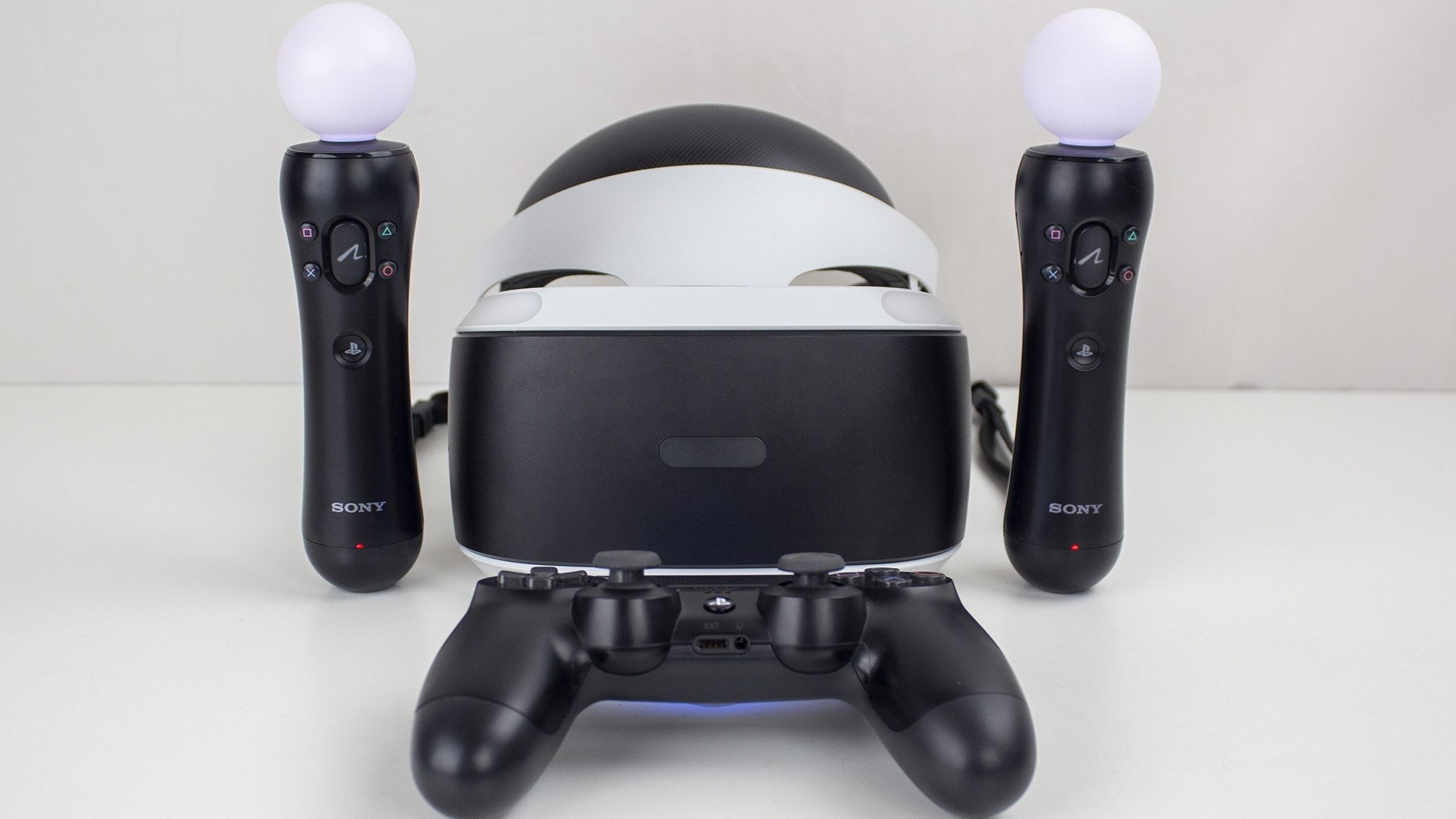
Eye-tracking into the PS VR2 is something Sony is definitely doing, but face- tracking is likely to be another generation away.
Social networking is looking at the future of virtual reality differently. A lot of sci-fi films and movies depict artificial worlds that we will all live in one day, and a lot of living and socializing in such a world relies on face and body language. Right now, social applications are an impressive look at what will happen in the future. Body language is one huge part of communication.
Sure, you can move around freely and express yourself with hand gestures and head movements, but no one can actually see your face or see the nuances our brains pick up when someone is holding their shoulders just a tad lower than usual. The difference between a real face and a virtual one can be more noticeable. The projected faces can look odd at first, but they are more effective than the current environment.
This one might be a bit further out than PS VR2.
There is still hope that this patent from Sony shows that it has been worked on for a long time and could be implemented in a future PSVR release. If you have facial tracking, you will be able to see what your friends think even before they say it, which will make it feel more like an actual experience.
The above video shows that this technology is far more advanced than was thought, and that it has not been released in a consumer product yet. This is not necessary for the experience, but it goes a long way in making it feel more real.
It might seem odd to wonder what sorts of games you can find on a virtual reality headset, but Sony looks to be experimenting with several different types of releases.
At the Consumer Electronics Show, Sony announced a new product. This new entry in the series takes place in the same universe as the previous ones. The brief trailer above doesn't tell us much about the game, but it does show off the amazing visual experiences we're going to see on the PS VR2.
According to several leaks, Sony will be targeting hybrid AAA titles for the PS VR2 instead of the standalone virtual reality titles that are being developed by Guerrilla Games and Firesprite. The games that will be developed for PS5 will be able to be played outside of virtual reality.
There are games that can be played on a TV and in virtual reality, like Resident Evil 7 on the original PSVR.
This would bring more high-profile,AAA-quality games to the PS VR2 as a platform and cut down on the cost of development for virtual reality games.
It is not clear how many games Sony will be taking the hybrid approach with since this is just speculation. The company's insistence on keeping the PS VR2 tethered to a PS5 likely means that developing games for multiple gaming perspectives would be preferred since it's more budget-conscious.
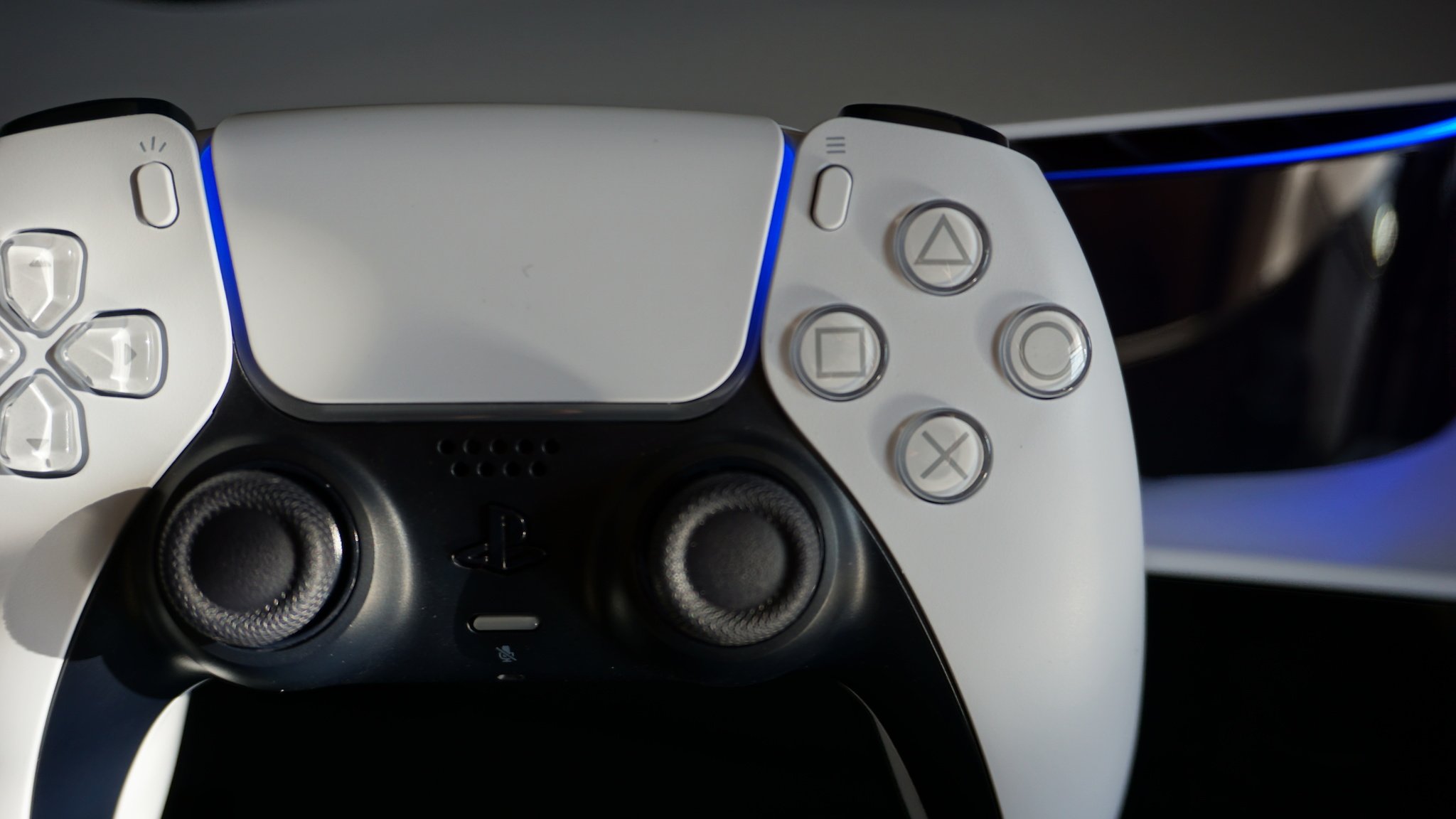
The original PSVR is still supported by Sony. Since the PS4's dedicated port is gone, you need to claim a free PSVR port that connects the PS Eye camera to the PS5 to use the original PSVR on the PS5. Sony doesn't allow PS5 games to support the original PSVR, so the PSVR experience on PS5 is largely the same as on PS4. You will need a PS4 copy to play the game. The original PSVR accessories work on the PS5.
Both the PS Move Motion Controllers and the PlayStation VR Aim Controller will work with supported PS VR games on PS5.
When you buy a newer title like Hitman 3 for PSVR, it comes with both PS4 and PS5 versions of the game. The PS4 version of the game will need to be downloaded by people who want to play in virtual reality. There are many PSVR games that feature enhanced visuals and resolution, but don't expect drastic changes. Sony doesn't allow developers to target PS5 hardware with specific enhancements. Think of it like running a more powerful PS4 Pro, at least, that's how the game is allowed to see things.